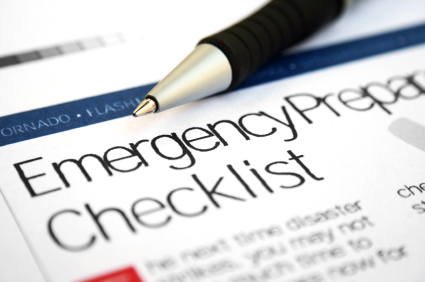It contains action plan and duties of every possible emergencies on board. An emergency can occur at any time and in any situation. Effective action is only possible if pre-planned and practical procedures have been developed and are frequently exercised. The Contingency Plan provides guidelines and instructions that assist in making an efficient response to emergency situations onboard ships.
If the vessel encounters a dangerous situation that may develop into an emergency, it is extremely important that the whole crew know exactly what they should do to save their lives and minimize damage.
The crew must be drilled to take certain actions more or less automatically. However, nobody must act without considering the superfluous consequences. These plans should be used actively during emergency drills. The objective of an emergency plan is to make the best use of the resources available. This will be the shipboard personnel whilst the ship is at sea but may include resources from shore when the ship is in harbour or passing through coastal waters.
It has 5 teams for handling emergencies

